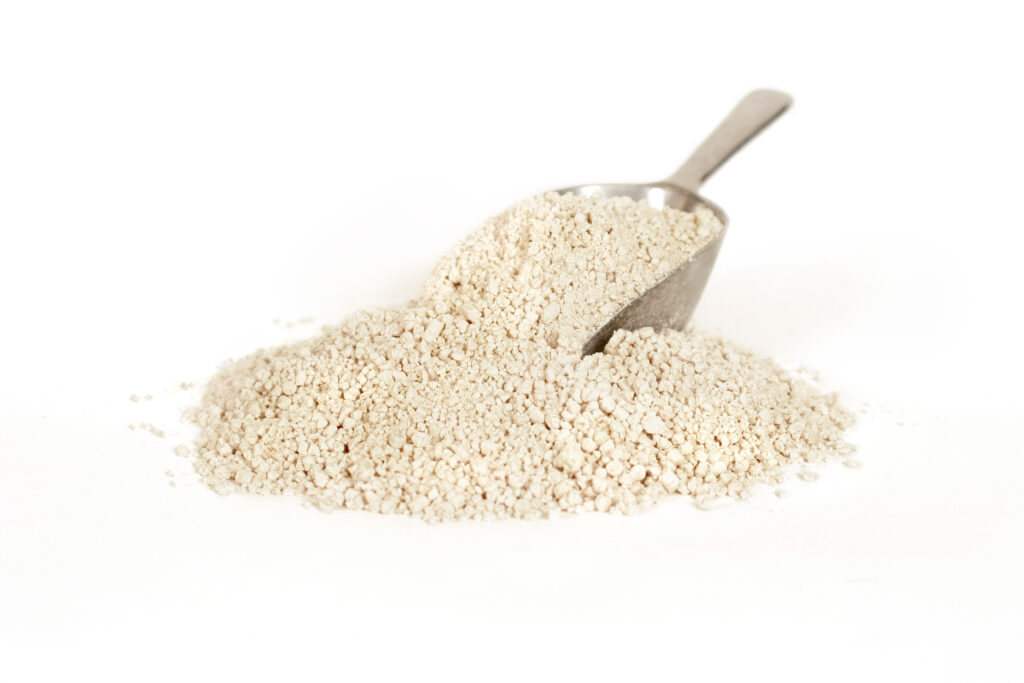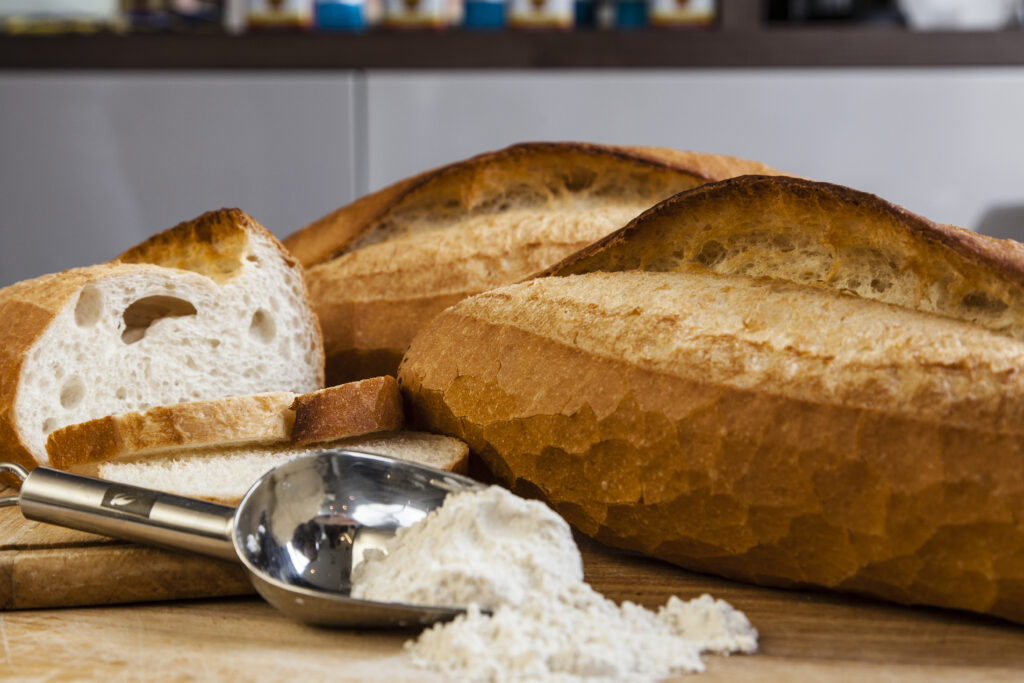This form is adapted to the needs of artisanal and industrial bakers.
Its shelf life is limited.


This consists of compact blocks whose colour and crumbly texture differ from one country to another.
In order to prolong its shelf life, it is wrapped in wax or greaseproof paper and cellophane. This reduces gas transfer and helps control its moisture level.
It is the most common form used in artisanal bakeries for economic and practical reasons
This is packed in multi-layer bags, lined with polyethylene and sealed to prevent air from entering.
It can easily be weighed and dosed automatically, facilitating its use for industrial bakers.


Dried in the form of granules or small balls, it is packaged in cans, tubs or vacuum-sealed sachets.
It is also available for domestic use in 5 to 11 g sachets.
It can be stored at room temperature with a good level of stability, which makes it popular in areas of the world with high temperatures and humidity.
It should be rehydrated in warm water before use.
Fine particles of instant dry yeast are vacuum-packed in sachets. It is also available in small sachets for domestic use. This form of yeast can be stored at room temperature. It does not need to be rehydrated before being added to the flour. It can therefore be used with the same ease as compressed yeast.


Packaged in a box in granulated form, this yeast is intended for pizza makers because its gas production during fermentation is moderate. In addition, it is generating a “relaxing” effect on the dough which facilitates the shaping of the pizza and avoids the shrinkage effect.
This yeast has no fermenting power. When used to make dough, the yeast cell membranes are completely permeable, allowing the exchange of all cell contents, including one of the components, glutathione, which has a reducing (“relaxing”) effect on the gluten.
This results in better workability of the dough and a reduction in kneading time of 15 to 20%. This characteristic reduces the oxidation of the dough during kneading, thereby preserving the fermentation flavours and enhancing the flavour profile of the finished product.

